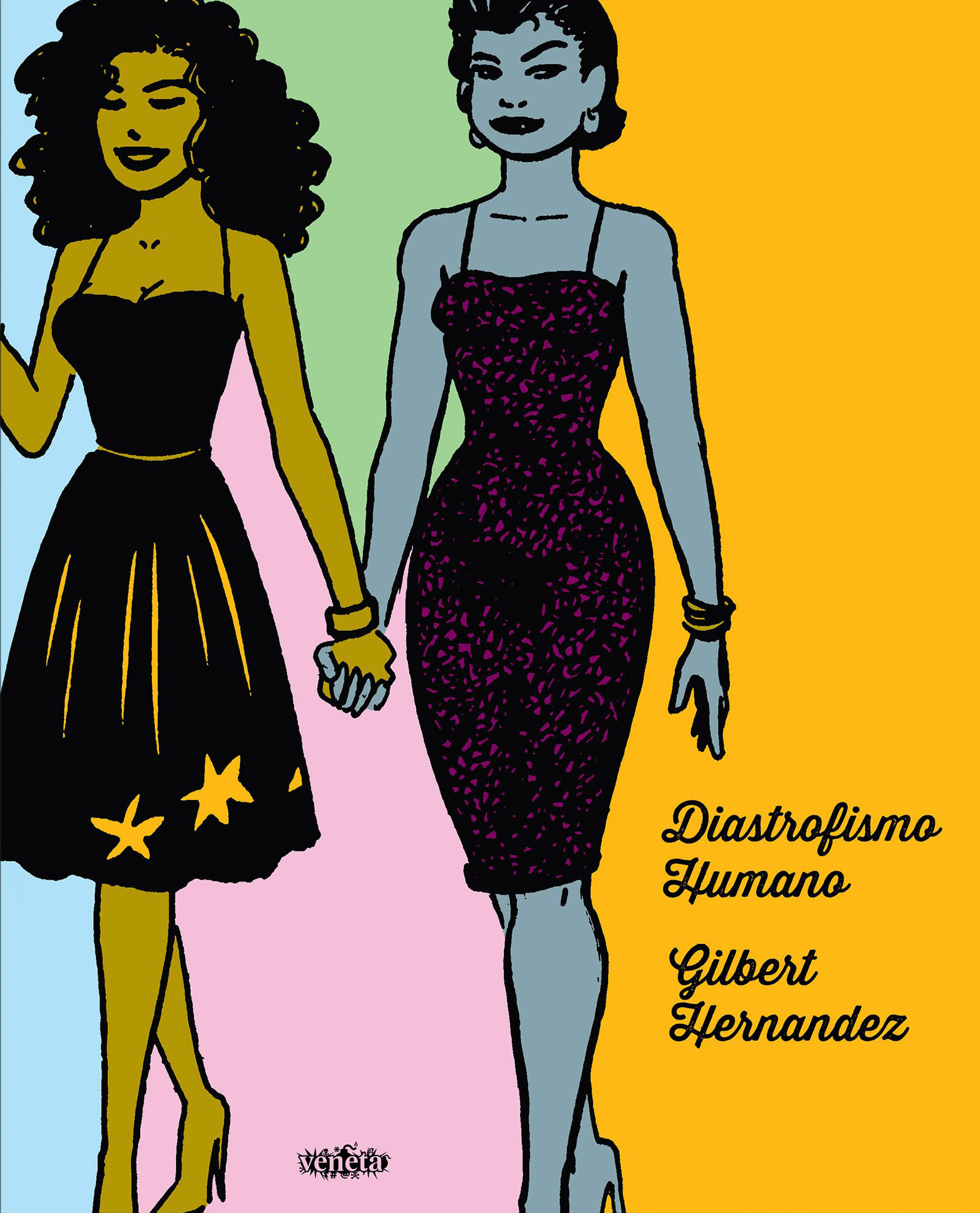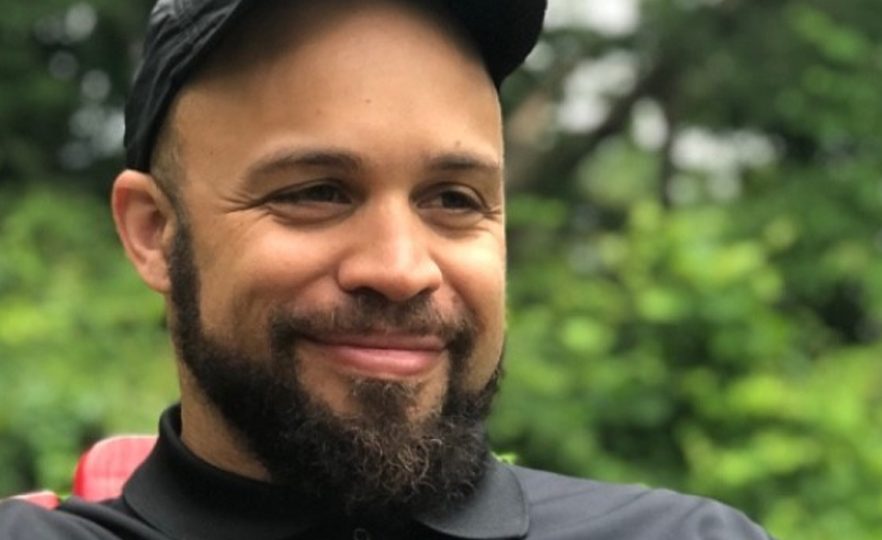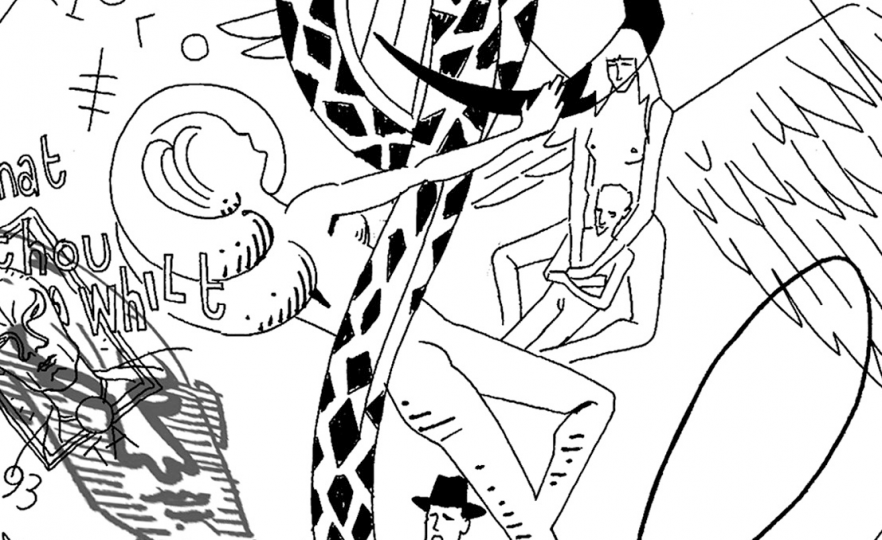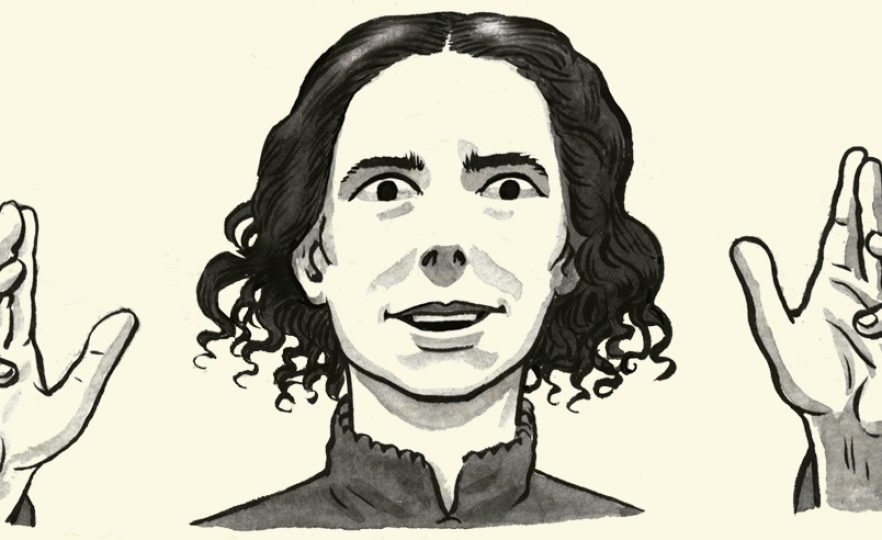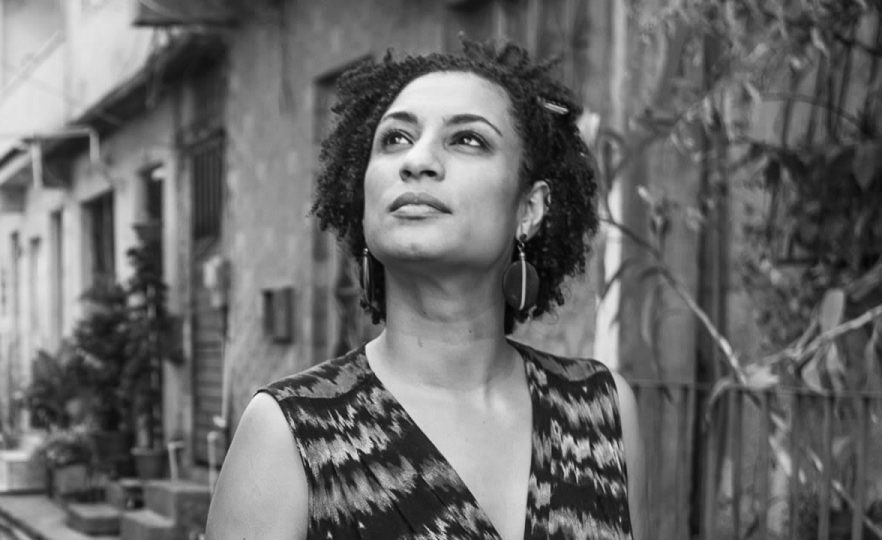Um encontro com Gilbert Hernandez
Siga-nos
ÚLTIMOS POSTS

Cris Siqueira, tradutora de Diastrofismo Humano, fala sobre sua relação com a obra e o autor, que conheceu há 20 anos
Por Cris Siqueira *
Uma das primeiras coisas que eu fiz na minha falecida carreira de jornalista foi entrevistar Jaime e Gilbert Hernandez para o também falecido caderno Zap! do Estadão. Na verdade, a entrevista foi a matéria de estreia do suplemento “jovem” do jornal. Eu era jovem também, 22 anos em 1996, tão foca que um colega mais experiente teve que me ajudar (obrigada Emerson Gasperin – outra parceria nossa foi uma entrevista com o David Bowie, em que fiz o favor de desligar o telefone na cara do “camaleão do rock”).
Os irmãos Hernandez eram para mim astros maiores que o Bowie. Não desliguei na cara deles, mas marquei as entrevistas com os dois no mesmo horário e tive que fazer a escolha de Sofia e ligar para um deles antes (vou fingir que não lembro quem).
Conheci a Love and Rockets em sua primeira edição brasileira, publicada no início dos anos 1990. Me apaixonei imediatamente e nunca mais larguei. Aquela conversa telefônica com os criadores do meu gibi predileto foi uma das coisas mais incríveis que já me aconteceu e abriu a caixa de Pandora: percebi que o jornalismo era o pretexto ideal para conhecer os meus heróis. No ano seguinte, pedi demissão do meu emprego dos sonhos na MTV e embarquei em uma viagem pelos Estados Unidos com a amiga Carolina Pfister, fotógrafa, para entrevistar os melhores cartunistas do mundo, entre eles os próprios Hernandez, agora pessoalmente. Encontrei os irmãos duas vezes em 97: uma na San Diego Comic-Con e outra em Los Angeles, onde eles moravam na época.
Choradinha
Este ano a Veneta me convidou para traduzir o livro Diastrofismo Humano, de Gilbert Hernandez. Trabalhar de perto com as histórias clássicas de Palomar foi como voltar no tempo, reencontrar amigos antigos. Mais de uma vez durante a tradução tive que parar para recuperar o fôlego, dar uma choradinha.
O Gilbert mora em Las Vegas atualmente e eu ia visitar a cidade para o meu casamento (realizado pelo Elvis, é claro), então aproveitei e marquei uma entrevista para promover o livro. Eu estava uma pilha de nervos esperando por ele com o meu futuro marido, Brock. “Ei, Brock, posso ensaiar as perguntas com você?” “Não.”
Deu tudo certo, é claro. A entrevista foi uma conversa animada com o Gilbert, sua esposa, Carol Kovinick Hernandez, e sua filha, Natalia Hernandez, que também é cartunista. Falamos sobre o Trump, o Zé do Caixão, e a participação especial do Jaime Hernandez em Diastrofismo Humano, como você pode ler aqui. Estou preparando um relato mais pessoal deste encontro que vai incluir o bate papo com a Carol e a Natalia.
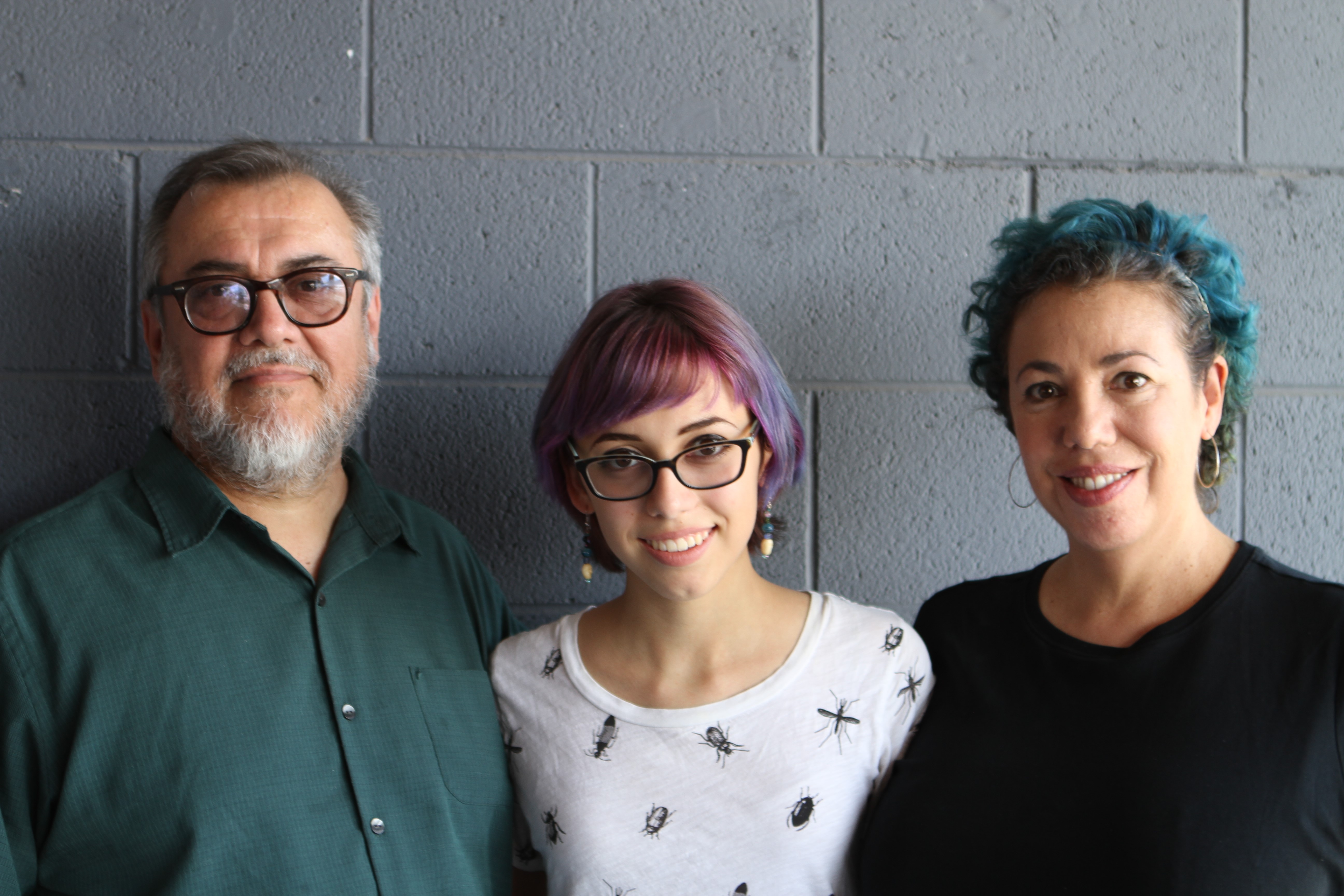
Viagem pelo mundo dos quadrinhos alternativos
Voltando a 1997… Naquela viagem, visitei 14 cidades americanas em dois meses e conversei com mais de 20 cartunistas e profissionais da indústria. Ajudei a vender gibis no stand da editora Drawn & Quarterly na San Diego Comic-Con e visitei a Fantagraphics, em Seattle. A viagem resultou em inúmeras matérias – e uma dívida de cartão de crédito que levei uma década para pagar.

Mas o principal legado foi a coletânea Comic Book – O Novo Quadrinho Norte Americano, que reuniu histórias de dez dos artistas entrevistados, a grande maioria publicada pela primeira vez no Brasil, como Daniel Clowes, Dame Darcy, Richard Sala e Adrian Tomine. A capa é um desenho original do Jaime Hernandez que está pendurado aqui em casa e foi o meu pagamento pelo trabalho de escrever introduções, selecionar e traduzir as histórias. O livro foi lançado pela Conrad, que na época era dirigida pelo Rogério de Campos, hoje editor da Veneta.
Depois da entrevista do Gilbert em Las Vegas comecei a reproduzir as entrevistas de 20 anos atrás para reencontrar artistas como Kaz, Jessica Abel, Joe Coleman, Chris Ware, Debbie Drechsler, Chris Oliveros, Lloyd Dangle e outros. Não sou mais tão jovem, então não pretendo terminar em dois meses (como cineasta, estou fazendo um documentário há seis anos) e também não quero me afundar em dívidas novamente (para isso serve o tal documentário).
Alguns dos cartunistas são muito famosos hoje, outros mudaram de carreira, uns poucos sumiram do mapa. O incrível editor Kim Thompson, que entrevistei na Fantagraphics, morreu precocemente em 2013, deixando um buraco irreparável. Sei que não vou conseguir rever todos que conheci em 97, mas vou fazer o possível.

O projeto mal começou e vai de vento em popa: já voltei à Fantagraphics e entrevistei o Eric Reynolds, a Megan Kelso, o Peter Bagge e o Joe Sacco (obrigada, Jacq Cohen pela ajuda). Tem sido muito interessante avaliar a trajetória dos quadrinhos alternativos nas últimas duas décadas. Estou organizando todo o material, novo e antigo, incluindo fotos históricas e páginas do meu diário de 1997. Acompanhe as atualizações aqui no blog da Veneta.
Este trabalho é profissional, é claro, mas também é do coração. Como quando perguntei para o Gilbert se ele dava uma choradinha desenhando as histórias de Palomar. E a Carol e a Natalia, elas por acaso dão uma choradinha quando leem as histórias do Gilbert? “Não.”
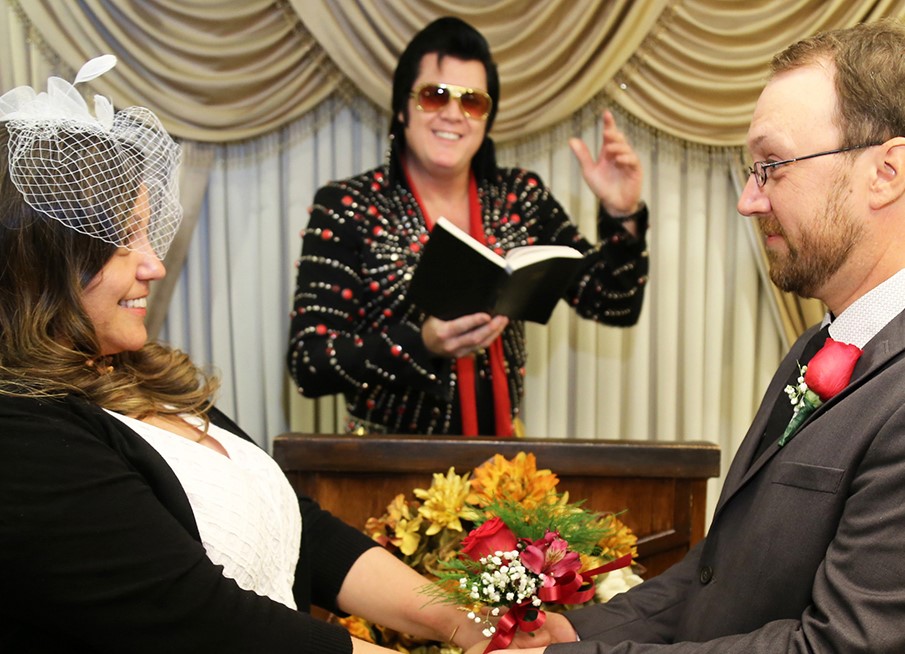
*Cris Siqueira é jornalista, tradutora e diretora de cinema. Traduziu Diastrofismo Humano (Veneta, 2017).
Livros relacionados
MEETING GILBERT HERNANDEZ
Cris Siqueira, translator of HUMAN DIASTROPHISM, talks about her relationship with the work and the author she met for the first time 20 years ago
By Cris Siqueira
One of the first things I did in my now defunct journalistic career was to interview Jaime and Gilbert Hernandez for the O Estado de S. Paulo newspaper. The interview was the opening article for the newspaper’s new “youth” section. I was young myself, only 22 in 1996, such a beginner that a more experienced colleague had to help me. Thank you Emerson Gasperin – another partnership of ours was an interview with David Bowie in which I accidentally hung up the phone on the “chameleon of rock”.
The Hernandez brothers were bigger stars to me than Bowie. I didn’t hang up on them, but scheduled the interviews at the same time and had to make Sophie’s Choice and call one of them first (I’ll pretend I don’t remember who).
I started reading Love and Rockets when it was first published in Brazil in the early 1990s. I fell in love immediately and never let it go. That phone conversation with the creators of my favorite comics was one of the most incredible things that ever happened to me, and it opened Pandora’s box: I realized that journalism was the ideal pretext to meet my heroes. The following year I quit my dream job at MTV and went on a trip around the US with my photographer friend Carolina Pfister interviewing the best cartoonists in the world, among them the Hernandez brothers, now in person. I met them twice in 1997: once at the San Diego Comic-Con and then in Los Angeles, where they lived at the time.
Cry a little
Earlier this year I was invited to translate Gilbert Hernandez’ Human Diastrophism to Portuguese. Working on the classic Palomar stories was like going back in time, rekindling with old friends. More than once during the translation I had to stop to catch my breath, cry a little.
Gilbert lives in Las Vegas now and I was going to visit the city for my wedding (performed by Elvis, of course), so I took the opportunity to set up an interview to promote the book. I was a nervous wreck waiting for him with my future husband Brock. “Hey, Brock, can I practice the questions with you?” “No.”
It all worked out fine, of course. The interview was a fun chat with Gilbert, his wife Carol Kovinick Hernandez and his daughter Natalia Hernandez, who is also a cartoonist. We talked about Trump, Brazilian filmmaker Coffin Joe, and Jaime Hernandez’ special participation in Human Diastrophism, as you can read here, if you understand Portuguese. I’m preparing a more personal (English) version of this account that will include the conversation with Carol and Natalia.
Journey into the world of alternative comics
Back to 1997… In that trip I visited 14 American cities in two months and talked to over 20 cartoonists and industry professionals. I helped sell comics at the Drawn & Quarterly booth in San Diego and visited the Fantagraphics headquarters in Seattle. The trip resulted in countless articles – and credit card debt that took a decade to pay off.
But the main legacy was the collection Comic Book – O Novo Quadrinho Norte Americano, which featured stories by ten of the artists interviewed, most of them published for the first time in Brazil, such as Daniel Clowes, Dame Darcy, Richard Sala and Adrian Tomine. The cover art is an original drawing by Jaime Hernandez that hangs in my home. It was my payment for the work of writing introductions, selecting and translating the stories. The book edited by Rogério de Campos, who is also releasing Human Diastrophism in Brazil.
After seeing Gilbert in Las Vegas I began reproducing my journey of 20 years ago, aiming to interview once again artists such as Kaz, Jessica Abel, Joe Coleman, Chris Ware, Debbie Drechsler, Chris Oliveros, Lloyd Dangle and others. I’m not 23 anymore, so it will take more than two months to do it (as a filmmaker I’ve been making a documentary for over six years) and I don’t want to sink into debt again (that’s what said documentary is for).
Some of the cartoonists are very famous now, others have changed careers, a handful quit altogether. The incredible editor Kim Thompson, who I interviewed at Fantagraphics, passed away in 2013, leaving a devastating gap. I know I won’t be able to see everyone I met in 97, but I’ll do my best.
The project has just started and it’s going great so far: I’ve already interviewed Eric Reynolds, Megan Kelso, Peter Bagge and Joe Sacco (thank you Jacq Cohen for the help). I’m organizing all the material, new and old, including historical photos and pages of my 1997 journal. Look for updates in this space.
This work is professional, of course, but it’s also from the heart. Like when I asked Gilbert Hernandez whether he cries a little when he draws the Palomar stories. What about Carol and Natalia, do they by any chance cry a little when they read Gilbert’s stories? “No.”

